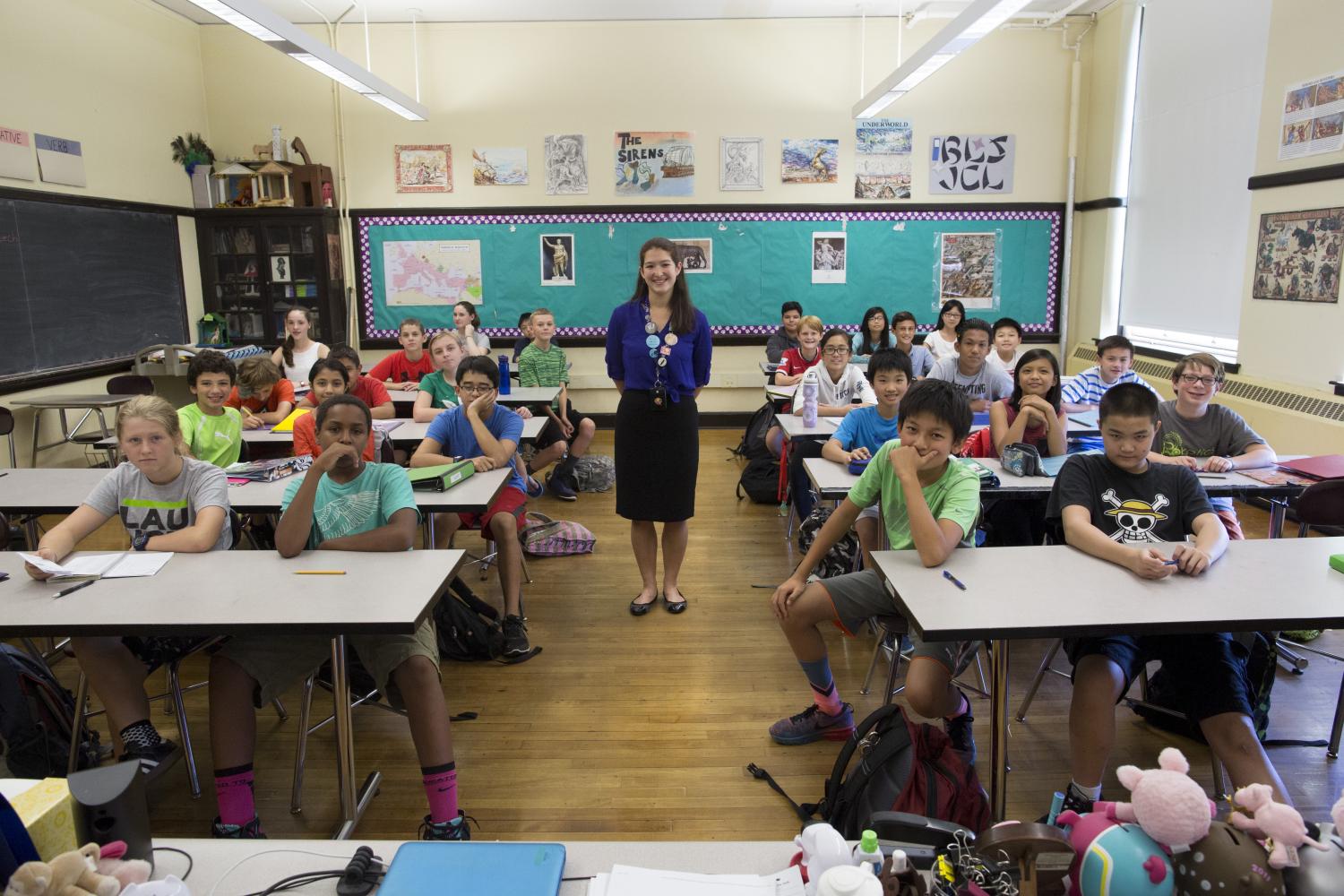Public schools are suffering from a well-publicized diversity problem. Minority students make up nearly half of all public school students, yet minority teachers comprise just 18 percent of the teacher workforce. In an effort to address what Slate has described as “the one cause in education everyone supports,” school districts across the country are pledging to employ more teachers who look like their students. But what will it take to achieve a national teacher workforce that is as diverse as the student body it serves, and how long will it take to reach that goal?
This paper seeks to answer both of these essential questions. Hannah Putman, Michael Hansen, Kate Walsh, and Diana Quintero examine four key moments along the teacher pipeline: college attendance and completion, majoring in education or pursuing another teacher preparation pathway, hiring into a teaching position, and staying in teaching year after year. They find that current and potential minority teachers disproportionately exit from the teaching pipeline at each of those four points. For example:
- Interest in a teaching career among minority college students and graduates is lower than whites: 95 percent of white graduates majoring in education express an interest in teaching, compared to 76 percent of black graduates.
- White teachers stay in the classroom at slightly higher rates (93 percent) than their minority colleagues (90 percent and 92 percent among black and Hispanic teachers, respectively); though not large, these gaps are statistically significant.
The combination of these various losses of minorities from the pipeline results in the current diversity gap. And, importantly, the authors estimate this diversity gap will persist and may even grow even more acute in the decades to come. Based on their projections, the diversity gap between black teachers and black students (which stands now at nine percentage points) will remain essentially the same at least through the year 2060, and the gap between Hispanic teachers and Hispanic students will actually increase to 22 percentage points.
After recognizing that each stage of the teacher pipeline is leaking minority candidates and teachers, the researchers analyze the potential impact of addressing each leak individually and collectively on diversity gaps in the future. Their findings demonstrate that the path toward reaching a diverse teacher workforce is much steeper than anyone has acknowledged to date. The authors conclude that:
Achieving a diverse teacher workforce must be a long-term policy goal with a suite of long-term strategies put in place to help minorities succeed in college and to encourage them to return to the classroom to help the next generation of students. Our failure to do so will keep us stubbornly in the same vicious cycle in which low teacher diversity contributes in a myriad of ways to low minority student success in K-12 and college, which results once again in low teacher diversity.
Putman, Hansen, Walsh, and Quintero close by recommending some interim strategies that may help to mitigate the consequences of a non-diverse teacher work force, while encouraging education leaders and policy makers to build long-term strategies that only together can eventually help foster a more diverse one.





